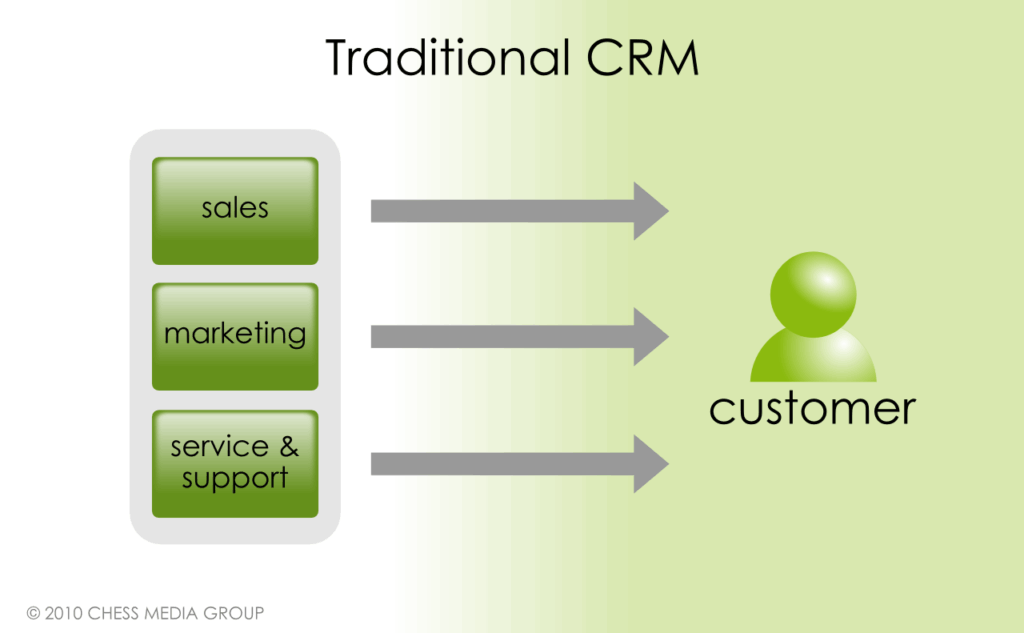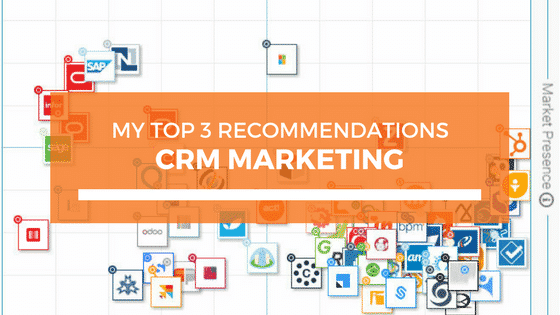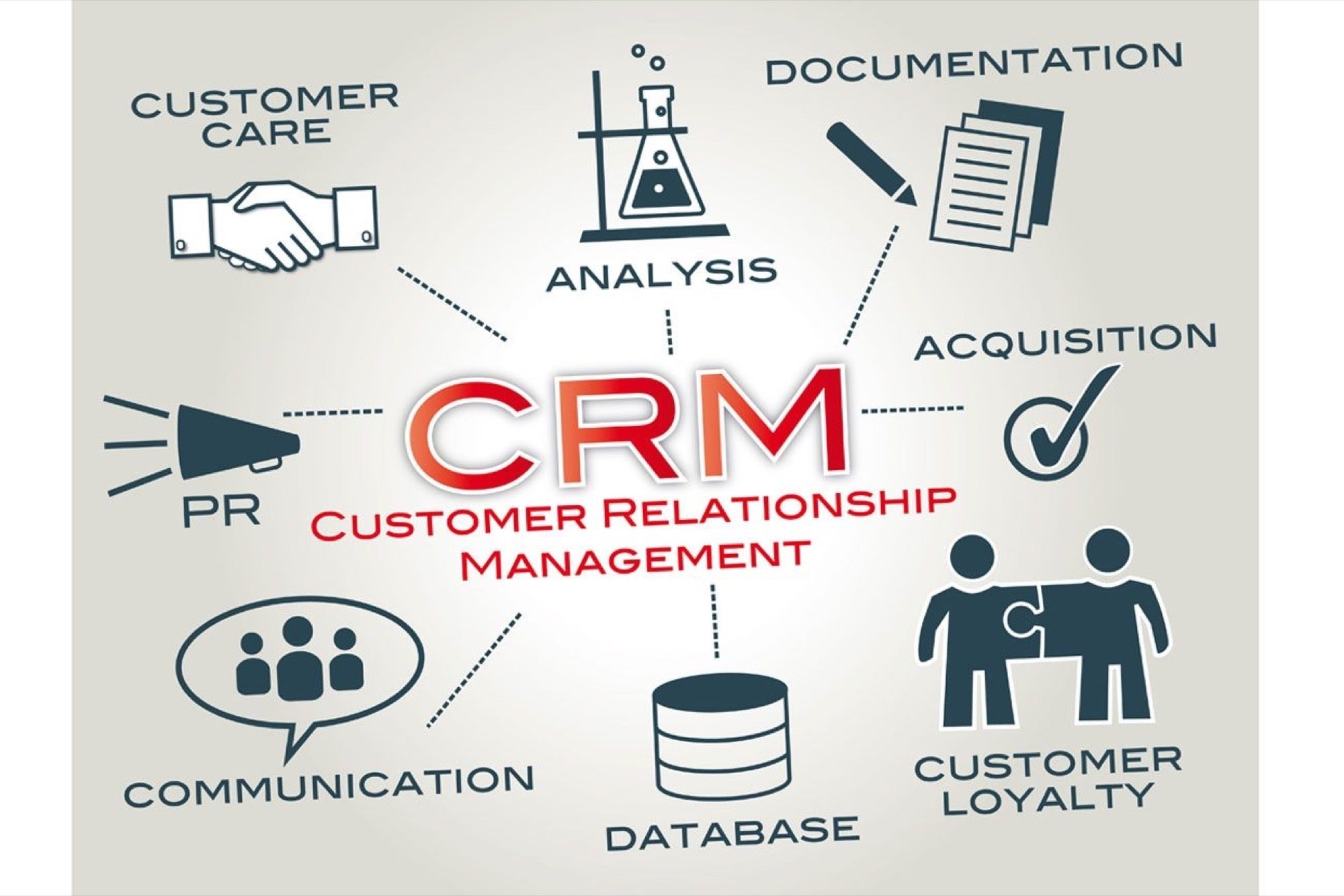
Supercharge Your Business: A Deep Dive into CRM, Social Media Ads, and Marketing Synergy
In today’s fast-paced digital landscape, businesses are constantly seeking innovative strategies to connect with their target audience, nurture leads, and drive conversions. The convergence of Customer Relationship Management (CRM) systems, social media advertising, and strategic marketing initiatives has emerged as a powerful force, enabling businesses to achieve unprecedented growth and success. This comprehensive guide delves deep into the synergistic relationship between CRM, social media ads, and overall marketing strategies, providing actionable insights and practical tips to help you supercharge your business.
Understanding the Core Components: CRM, Social Media Ads, and Marketing
Customer Relationship Management (CRM): The Foundation of Customer-Centricity
At its core, CRM is a technology that helps businesses manage their interactions with current and potential customers. It’s more than just a database; it’s a strategic approach to building and nurturing relationships. A well-implemented CRM system centralizes customer data, providing a 360-degree view of each customer’s journey. This includes contact information, purchase history, communication logs, and any other relevant details. This unified view enables businesses to personalize interactions, anticipate customer needs, and deliver exceptional customer experiences.
Key benefits of using a CRM system include:
- Improved Customer Relationships: By understanding your customers better, you can tailor your interactions to their specific needs and preferences.
- Enhanced Sales Efficiency: CRM automates many sales tasks, such as lead tracking and follow-up, freeing up sales representatives to focus on closing deals.
- Increased Marketing ROI: CRM provides valuable data that can be used to segment your audience and create more targeted marketing campaigns.
- Better Customer Service: CRM allows customer service representatives to quickly access customer information and resolve issues efficiently.
- Data-Driven Decision Making: CRM provides data insights that can inform business decisions and help you optimize your marketing and sales strategies.
Choosing the right CRM system is crucial. Consider your business size, industry, and specific needs. Popular CRM platforms include Salesforce, HubSpot, Zoho CRM, and Microsoft Dynamics 365. Each platform offers a range of features and pricing options, so carefully evaluate your requirements before making a decision.
Social Media Ads: Amplifying Your Reach and Engagement
Social media advertising has revolutionized the way businesses connect with their target audience. Platforms like Facebook, Instagram, Twitter, LinkedIn, and TikTok offer powerful advertising tools that allow you to reach specific demographics, interests, and behaviors. Social media ads provide unparalleled targeting capabilities, enabling you to place your message in front of the right people at the right time.
The advantages of social media advertising are numerous:
- Targeted Audience Reach: Precisely target your ads to specific demographics, interests, and behaviors.
- Increased Brand Awareness: Raise brand visibility and recognition among your target audience.
- Lead Generation: Generate qualified leads by capturing contact information directly through ads.
- Website Traffic: Drive traffic to your website and landing pages.
- Measurable Results: Track key metrics such as impressions, clicks, conversions, and ROI.
- Cost-Effective Marketing: Social media advertising can be more cost-effective than traditional advertising methods.
Effective social media advertising requires a strategic approach. This involves defining your target audience, setting clear objectives, creating compelling ad creative, and continuously monitoring and optimizing your campaigns. Experiment with different ad formats, such as image ads, video ads, and carousel ads, to find what resonates best with your audience. Regularly analyze your results and make adjustments to improve performance.
Marketing: The Orchestrator of Strategy
Marketing encompasses the overall strategies and tactics used to promote a product or service to a target audience. It involves market research, branding, content creation, advertising, and public relations. Marketing is the overarching framework that guides all customer-facing activities, including CRM and social media advertising. A well-defined marketing strategy aligns with your business goals and provides a roadmap for success.
Key elements of a robust marketing strategy include:
- Market Research: Understanding your target audience, their needs, and their behaviors.
- Branding: Creating a strong brand identity that reflects your values and resonates with your audience.
- Content Marketing: Creating valuable and engaging content to attract and retain your target audience.
- Search Engine Optimization (SEO): Optimizing your website and content to rank higher in search engine results.
- Advertising: Utilizing various advertising channels to reach your target audience.
- Social Media Marketing: Building a strong presence on social media platforms and engaging with your audience.
The marketing function is the glue that binds everything together. It makes sure that all other functions are working with the same goal in mind.
Synergy in Action: How CRM, Social Media Ads, and Marketing Work Together
The true power lies in the synergy between CRM, social media ads, and marketing. When these three elements are integrated effectively, businesses can create a seamless customer experience, nurture leads, and drive revenue growth.
Integrating CRM with Social Media Ads
Integrating your CRM system with your social media advertising campaigns allows you to leverage customer data to create highly targeted and personalized ads. Here’s how it works:
- Audience Segmentation: Use your CRM data to segment your audience based on demographics, purchase history, and other relevant criteria.
- Custom Audiences: Create custom audiences on social media platforms by uploading your CRM contact lists. This allows you to target specific groups of people with tailored ads.
- Lookalike Audiences: Create lookalike audiences based on your existing customers. This allows you to reach new prospects who share similar characteristics to your best customers.
- Personalized Ads: Personalize your ads based on customer data from your CRM. For example, you can show ads that feature products or services that a customer has previously shown interest in.
- Lead Generation Forms: Use social media lead generation forms to capture contact information directly from your ads and automatically integrate it into your CRM.
By integrating your CRM with social media ads, you can significantly improve the relevance and effectiveness of your advertising campaigns. This leads to higher click-through rates, increased conversions, and a better return on investment.
Leveraging CRM Data for Marketing Campaigns
CRM data provides a wealth of information that can be used to inform and optimize your marketing campaigns. Here’s how:
- Targeted Email Marketing: Segment your email list based on CRM data and send targeted email campaigns that are relevant to each segment.
- Personalized Website Content: Use CRM data to personalize website content and create a more engaging user experience.
- Behavioral Marketing: Trigger marketing actions based on customer behavior, such as sending an email to a customer who has abandoned their shopping cart.
- Customer Journey Mapping: Use CRM data to map the customer journey and identify opportunities to improve the customer experience.
- Marketing Automation: Automate marketing tasks, such as sending welcome emails, nurturing leads, and following up with customers.
By leveraging CRM data, you can create more relevant, personalized, and effective marketing campaigns that drive conversions and build customer loyalty.
Measuring and Analyzing Results
To maximize the impact of your CRM, social media ads, and marketing efforts, it’s essential to measure and analyze your results. This involves tracking key metrics such as:
- Website Traffic: Track website visits, page views, and bounce rates.
- Lead Generation: Monitor the number of leads generated from your marketing campaigns.
- Conversion Rates: Track the percentage of leads that convert into customers.
- Customer Acquisition Cost (CAC): Calculate the cost of acquiring a new customer.
- Customer Lifetime Value (CLTV): Estimate the total revenue generated by a customer over their lifetime.
- Return on Investment (ROI): Measure the profitability of your marketing campaigns.
Use analytics tools to track your key metrics and identify areas for improvement. Regularly analyze your data and make adjustments to your strategies to optimize your performance.
Practical Strategies and Tips for Success
Choosing the Right CRM and Social Media Platforms
Selecting the right tools is the first step in any successful strategy. Choosing the right CRM and social media platforms is crucial to achieving your marketing goals. Consider the following factors:
- Business Needs: Assess your specific business needs and requirements.
- Target Audience: Identify the social media platforms where your target audience spends their time.
- Features and Functionality: Choose a CRM system and social media platforms that offer the features and functionality you need.
- Budget: Consider your budget and choose a solution that fits your financial constraints.
- Scalability: Select a solution that can scale with your business as it grows.
Do your research, compare different options, and choose the tools that are the best fit for your business.
Creating Compelling Ad Creative
Compelling ad creative is essential for capturing the attention of your target audience. Follow these tips:
- Know Your Audience: Understand your target audience’s needs, interests, and pain points.
- Use High-Quality Visuals: Use high-quality images and videos that are visually appealing.
- Write Compelling Copy: Write clear, concise, and engaging ad copy that highlights the benefits of your product or service.
- Include a Clear Call to Action: Tell your audience what you want them to do, such as “Learn More” or “Shop Now.”
- Test Different Ad Variations: Experiment with different ad formats, headlines, and visuals to see what resonates best with your audience.
Creating effective ad creative is an iterative process. Continuously test and optimize your ads to improve performance.
Personalizing the Customer Experience
Personalization is key to creating a positive customer experience. Implement these strategies:
- Use Customer Data: Use CRM data to personalize your website content, email marketing, and social media ads.
- Segment Your Audience: Segment your audience based on demographics, purchase history, and other relevant criteria.
- Tailor Your Messaging: Tailor your messaging to each segment of your audience.
- Offer Personalized Recommendations: Offer personalized product recommendations based on customer data.
- Provide Excellent Customer Service: Provide prompt and helpful customer service.
Personalizing the customer experience builds trust and loyalty.
Building and Nurturing Relationships
Focus on building and nurturing relationships with your customers:
- Engage on Social Media: Respond to comments and messages promptly.
- Provide Value: Share valuable content that is relevant to your audience.
- Run Contests and Promotions: Run contests and promotions to engage your audience.
- Show Appreciation: Thank your customers for their business and show appreciation for their loyalty.
- Gather Feedback: Ask for customer feedback and use it to improve your products and services.
Building strong customer relationships leads to increased customer lifetime value and positive word-of-mouth marketing.
Optimizing for Mobile
Ensure your website, ads, and marketing content are optimized for mobile devices:
- Responsive Design: Use a responsive website design that adapts to different screen sizes.
- Fast Loading Speed: Optimize your website for fast loading speeds.
- Mobile-Friendly Ads: Create mobile-friendly ads that are easy to read and interact with on mobile devices.
- Mobile-First Approach: Adopt a mobile-first approach to your marketing strategy.
A significant portion of your audience will be accessing your content on mobile devices. Make sure they have a seamless experience.
Future Trends and Predictions
The marketing landscape is constantly evolving. Stay ahead of the curve by understanding the future trends and predictions:
- Artificial Intelligence (AI): AI will play an increasingly important role in marketing, with applications such as personalized recommendations, chatbots, and predictive analytics.
- Data Privacy: Data privacy regulations will continue to evolve, impacting how businesses collect and use customer data.
- Video Marketing: Video marketing will continue to grow in popularity, with short-form video content becoming increasingly important.
- Voice Search: Optimize your content for voice search.
- Augmented Reality (AR): AR will be used to create immersive customer experiences.
By staying informed about these trends, you can adapt your strategies and stay ahead of the competition.
Conclusion: Embrace the Power of Synergy
The integration of CRM, social media ads, and marketing is a powerful combination that can transform your business. By leveraging the strengths of each element, you can build strong customer relationships, generate qualified leads, drive conversions, and achieve sustainable growth. Embrace the power of synergy and supercharge your business today.

